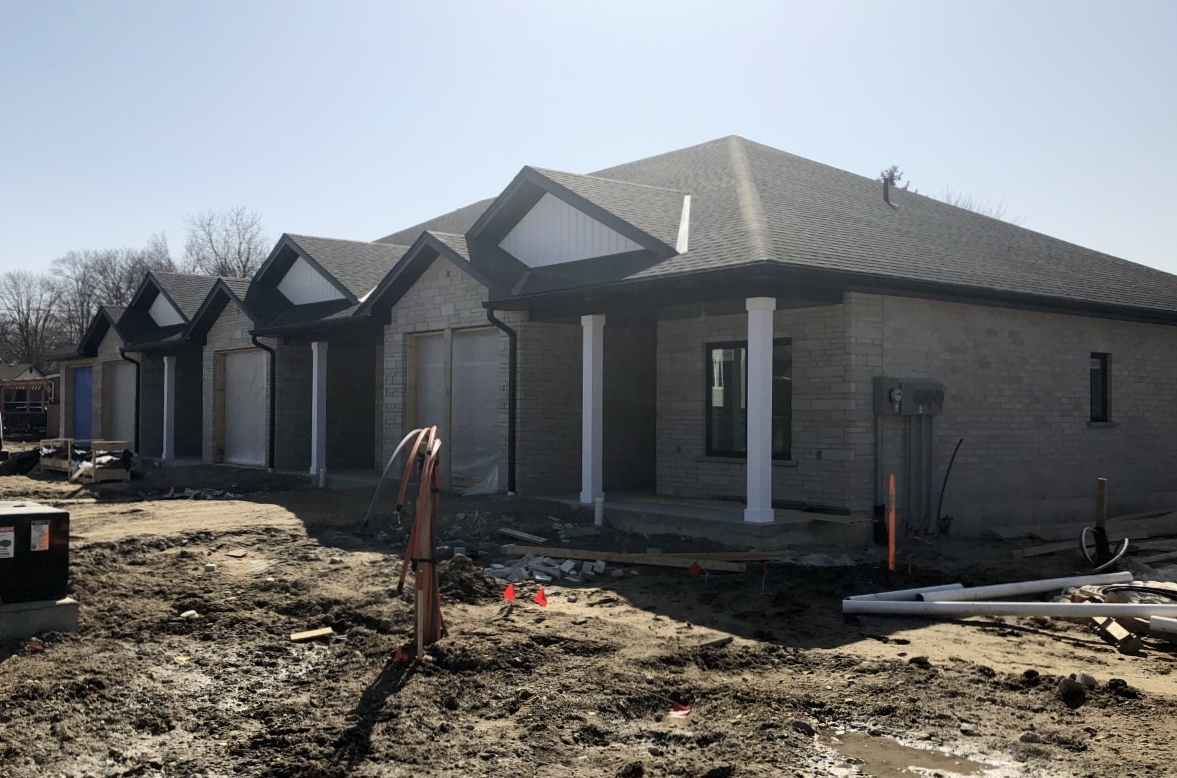MINTO – A report on Wellington County’s attainable housing strategy was called “fairly disturbing,” by one member of town council here.
County director of economic development Crystal Ellis and senior economic development officer Sana Chaundry provided Minto’s economic development and planning committee with an update on the housing strategy on June 10.
Ellis noted the average household income in Minto is $88,000. With an “attainable level of housing” pegged at 30% of household income that would mean $2,200 per month would be the upper limit that could be devoted to housing.
A Minto staff report notes Ellis asked the committee for feedback on the housing issues in Minto and lack of supply was identified as the largest challenge.
Suggestions from the committee included:
- developing a communication plan and promoting the opportunity for secondary units;
- developing a program or policy to promote and incentivize shared housing; and
- advocating for changes to allow developments like “tiny homes.”
The county report on attainable housing identifies several challenges, including:
- more people relocating from urban centres to rural areas, partly because the increase in remote work options due to COVID-19;
- the current vacancy rate across the county is less than 1%, while 3% is a healthy rate; and
- the current median housing price exceeds 120% household median income.
“That meeting was fascinating, and the report … fairly disturbing,” said councillor Jean Anderson at a June 15 council meeting.
“And when I hear us talk about how we’re going to continue to have attainable housing? We haven’t got attainable housing.”
She added, “The report was crystal clear. Two people working full time at TG Minto can afford a $300,000 home.
“I challenge anybody here to find me a $300,000 home in Minto, as astonishing as that is to those of us who paid $34,000 for a home 20 years ago or 30 years ago.”
Anderson continued, “It’s not attainable. We have nowhere for our youth to go, and we have nowhere safe for our seniors to downsize to. And that’s the bigger issue and we’re seeing more and more and more frail elderly people that are … one slip away, one fall away, one illness away … from total disaster.
“And we’re finding them on the floors of their accommodations because they’re not suitable. They’re not one-storey, they can’t get help from home care, they can’t afford to place their loved one (in long-term care) because then they will lose that housing that isn’t appropriate for them now.
“If they lose their loved one, if they place them as they should be placed, they will lose their social security and their CPP. Most of the people this age, a lot of the women did not work outside of the home or at least not for very long in their lives.”
Mayor George Bridge said, “Good points, councillor Anderson, and I can tell you that they’ve all been added into the problem that we’re trying to solve.
“This a top priority; it’s not just with us, it’s not just with the county, it’s the province, the country … but we’re working on it.”
Councillor Judy Dirksen observed recent zoning changes to facilitate creation of secondary housing units in existing homes could play a signficant role in combatting the high price of accommodations.
“This puts this squarely in the hands of the ordinary citizen,” said Dirksen.
“If you have a property, I know it doesn’t work everywhere, not everybody’s not wanting to do it, or (they) cannot do it … but I think there are a number of people who could actually build another unit on their property or they could renovate and make an apartment, and that bylaw that we passed for secondary units, that allows that to happen.”
Dirksen noted that many seniors live in older homes that “haven’t been updated for a long time.
“I think those homes are less expensive once they get on the market. And that’s the shift that needs to happen … we need to find homes for those people so that they can get out of those big older homes, and … we also have to think that not everybody can afford that fancy house to start off with, right?”
Bridge pointed out Minto developers, with support from council, have been creating more diverse types of housing, including numerous geared-to-seniors and lower-cost housing in recent years.
“Let’s just keep our eye on the ball here and do whatever we can, whenever we can,” he said.




